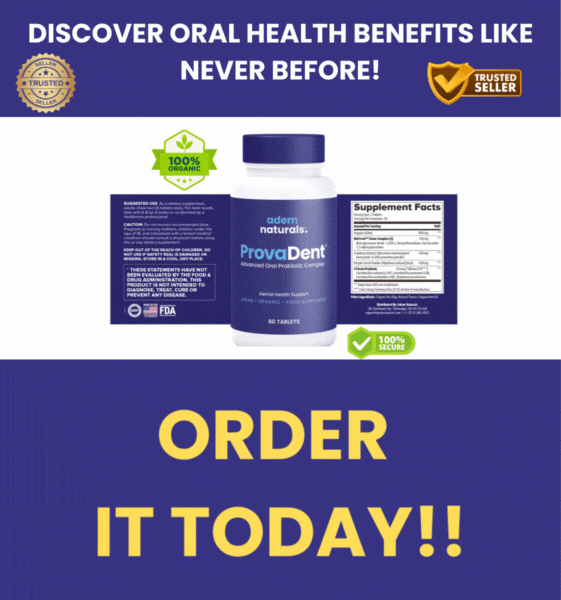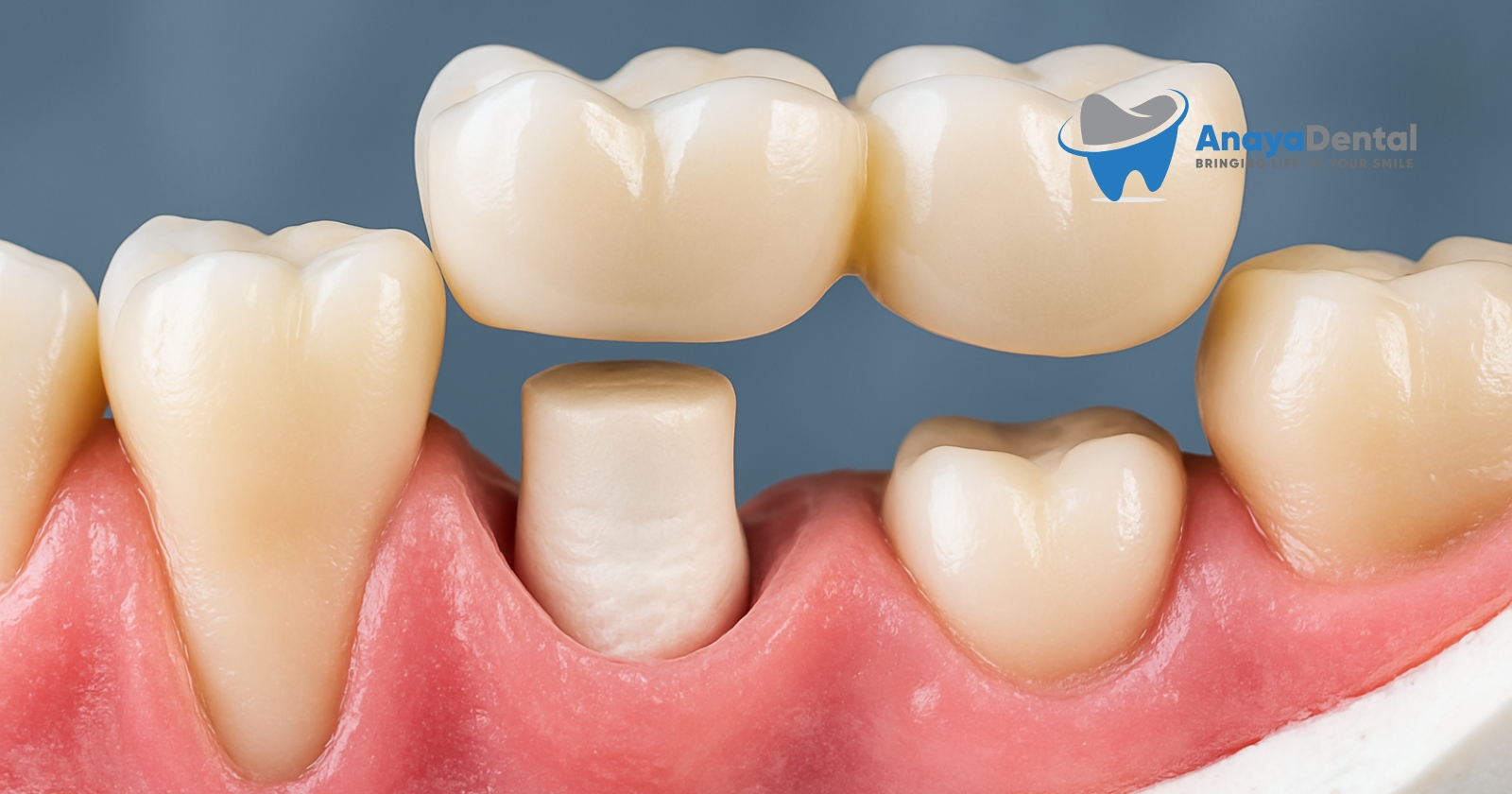Are you unsure about what the D1110 code on your dental bill actually means? This common dental code appears on millions of dental claims each year, yet many patients remain confused about what service they’re actually receiving and paying for.
What Is the D1110 Dental Code?
The D1110 dental procedure code designates a routine professional cleaning for adults. Specifically, this code represents a “prophylaxis” – a preventive dental cleaning designed to remove plaque, tartar, and stains from the tooth structures in patients with permanent dentition (adult teeth).
When your dentist performs a D1110 procedure, they are:
Try Our Dental Calculators
- Removing plaque and calculus (tartar) above the gumline
- Polishing teeth to remove stains and remaining plaque
- Providing preventive care to maintain oral health
This procedure differs significantly from deeper cleanings needed for gum disease, which use different procedure codes entirely.
Medical Context: Why Regular Cleanings Matter
Regular professional cleanings, coded as D1110, serve as the foundation of preventive dental care. According to the American Dental Association, professional cleanings help prevent:
- Tooth decay – Regular removal of plaque reduces cavity-forming bacteria
- Gum disease – Professional cleanings remove calculus that can’t be addressed with at-home brushing
- Systemic health issues – Research shows connections between oral health and conditions like heart disease and diabetes
A study in the Journal of Dental Research found that patients who receive regular prophylaxis cleanings (D1110) have 65% fewer instances of tooth loss over a 10-year period compared to those who only seek emergency dental care.
Financial Information: Coverage and Costs for D1110
Typical Cost Range
Without insurance, a standard adult prophylaxis (D1110) typically costs:
- $75-$200 per cleaning session
- National average cost: approximately $125
These costs vary based on geographic location, dental office overhead, and local market factors.
Insurance Coverage Options
| Insurance Type | Typical D1110 Coverage | Frequency Limitations |
|---|---|---|
| Dental PPO | 80-100% covered | Twice yearly |
| Dental HMO | Often 100% covered | Twice yearly |
| Dental Discount Plans | 20-40% discount | No limitations typically |
| Medicare | Not covered | N/A |
| Medicaid | Varies by state | Often limited to once yearly |
Most dental insurance plans fully cover D1110 cleanings twice per year (every 6 months) as preventive care. However, some policies may:
- Require a waiting period for new enrollees
- Cover only one cleaning per year
- Apply the cost to your deductible
Payment Options When Uninsured
If you lack dental insurance, consider these alternatives to pay for your D1110 cleanings:
- Dental savings plans – These membership-based programs offer 10-60% discounts on preventive services with no annual maximums
- Dental school clinics – Teaching institutions often provide supervised cleanings at 30-50% less than private practices
- Payment plans – Many dental offices offer interest-free payment plans for essential services
- Health Savings Accounts (HSAs) or Flexible Spending Accounts (FSAs) – Use pre-tax dollars to pay for dental cleanings
Frequency Recommendations: How Often Should You Get a D1110?
The standard recommendation for adult prophylaxis (D1110) is twice yearly, or every six months. However, your dentist might recommend more frequent cleanings if you have:
- A history of gum disease
- Heavy tartar build-up
- Certain medical conditions like diabetes
- Risk factors such as smoking
Some insurance plans will cover additional D1110 procedures for patients with documented medical necessity, though this requires proper documentation from your dental provider.
D1110 vs. Other Dental Cleaning Codes
It’s important to understand the difference between D1110 and other similar-sounding dental procedures:
- D1110: Adult prophylaxis (standard cleaning)
- D1120: Child prophylaxis (for patients with primary or transitional dentition)
- D4341: Periodontal scaling and root planing (deep cleaning for gum disease)
- D4910: Periodontal maintenance (follow-up cleaning after gum disease treatment)
Insurance coverage varies significantly between these codes. While D1110 is generally well-covered as preventive care, the periodontal codes (D4341 and D4910) may have higher out-of-pocket costs and different coverage limitations.
Maximizing Your D1110 Benefits
To get the most from your D1110 dental cleanings:
- Schedule strategically – Book appointments early in the year to ensure you use all available benefits
- Combine with exams – Most insurance plans cover an exam with your cleaning
- Request pre-treatment estimates – Ask your dental office to verify coverage before your appointment
- Maintain good home care – Daily brushing and flossing mean less tartar removal needed during professional cleanings
Quick Review
- D1110 is the dental code for an adult prophylaxis (preventive cleaning)
- The procedure involves removing plaque and tartar above the gumline
- Average cost ranges from $75-$200 without insurance
- Most dental insurance plans cover D1110 procedures twice yearly at 80-100%
- Regular D1110 cleanings help prevent cavities, gum disease, and potential systemic health issues
- Understanding the difference between D1110 and periodontal treatment codes can save you money and prevent billing surprises
Remember that preventive services like the D1110 cleaning represent the most cost-effective dental care, helping you avoid more expensive treatments down the road.


